Inbound Marketing Strategy: Proven Practices for Small Business
Far gone are the days when mass marketing or “push” advertising dominated the consumers’ mind. These days, we live in a world of information abundance and attention scarcity – and the pace of information creation is rapidly accelerating.
Plus, in our Internet-centric era, consumers are more empowered. Online webs provide them with instant information gratification in which they can access in-depth specs, pricing, and reviews about goods and services 24/7 with just a few flicks of their thumbs. In the meantime, social media allows them to share and compare whereas mobile devices add a wherever/whenever dimension to every aspect of the experience.
Because of this, traditional marketing tactics based on “renting” attention that others have built — and interrupting the buyer in the process — are becoming less and less effective. Rather, inbound marketing strategies emerge as an indispensable part to map out a winning marketing plan.
Let’s go through our detailed guide of inbound marketing to skyrocket the success of your business.
“Picture” Your Modern Consumers
It’s essential to first understand how “aware” your modern consumers are before diving into what you need to do to get on their radar with a real inbound marketing strategy.
It is an undeniable fact that consumers today want to:
- Be given priority and get educated about their own problems
- Do business with brands that they are familiar with
- Know your history and how you’ve helped others in the past
- Get more comfortable with the solutions they are buying into
Plus, hyper-personalization is the future of marketing with greater emphasis on delivering more meaningful, engaging and fulfilling messages to customers.
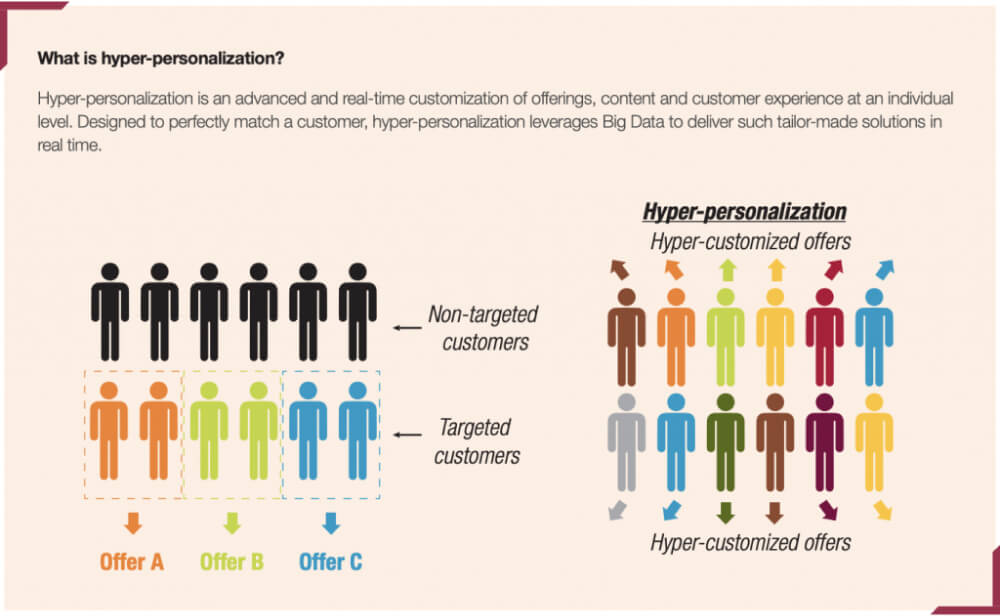
From hyper-personalization marketing’s perspective:
- If you are building a relationship with your target audience, you are increasing the chances of getting more sales
- If you are educating them beforehand and providing them with the information they need to make a purchasing decision, you are making it easy for them to do business with you
- If you are delivering value first, you’re giving them a reason to trust your brand
If you are “pulling” consumers towards your brand instead of “pushing” your products on them, you’re winning their attention.
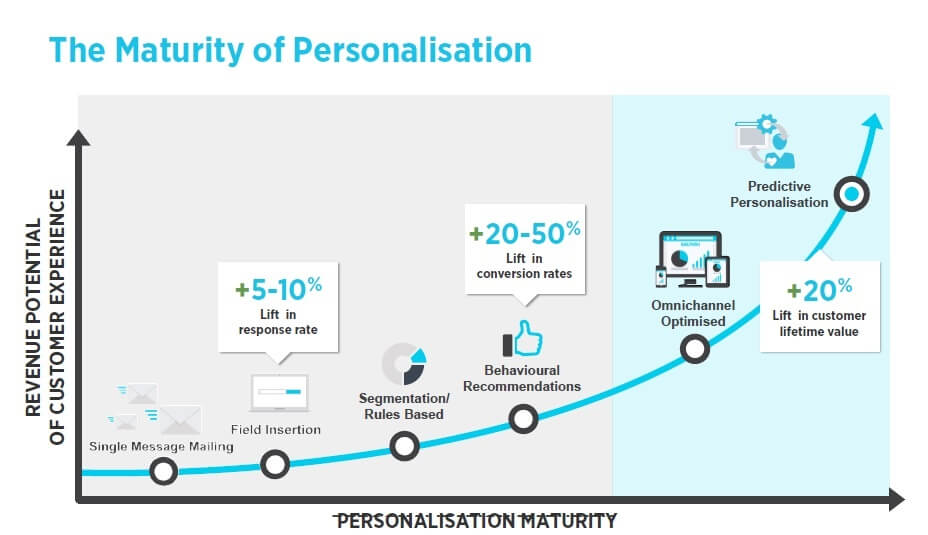
By focusing on inbound marketing, you are doing all of the above, which not only helps the most out of your marketing efforts but also lets you stand out from the competition.
Inbound Marketing Strategy: The Fundamentals
Once you have gone through the drive behind such growing importance of inbound marketing, it’s time to explore further about it.
So, the very first question arises: what is exactly inbound marketing?
Inbound marketing is a business methodology that attracts customers by creating real-world valuable content and experiences tailored to them. By creating content designed to address the problems and needs of your ideal customers, you attract qualified prospects and establish trust and credibility for your business.
As technology shifts, inbound marketing opens an approach to doing business in a “human”, personalized and helpful way. In fact, it is a better way to market, a better way to sell, and a better way to serve your customers. As good-for-the-customer means good-for-the-business, your business can grow better over the long term.
Whereas outbound marketing interrupts your audience with content they don’t need to see, inbound marketing forms connections they’re looking for and puzzle out problems they already face. When compared to outbound marketing, inbound one works on a much larger scale because you’re not just trying to push your message out there or forcing yourself to win your prospect’s attention. Rather, you are delivering solutions as well as opportunities that have a positive impact on your ideal customers.
Inbound Marketing Strategy: Its Methodology
Understanding the inbound methodology is amongst your first critical steps to craft a winning inbound marketing strategy. Based on HubSpot, which coined the term “inbound marketing” back in 2006, the strategy consists of four stages.
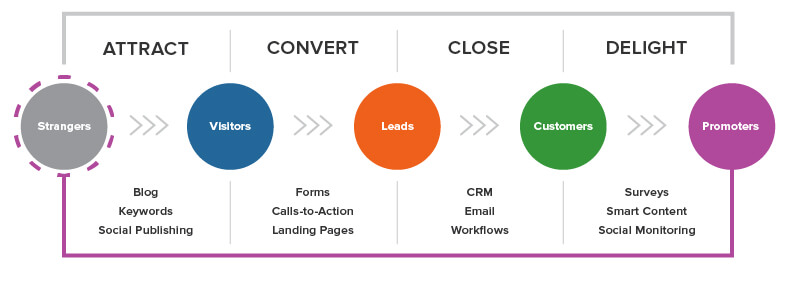
First of all, your task is to attract visitors by adopting smart content marketing campaigns with compelling pieces of knowledge and applying SEO/PPC techniques to appear in search engine results. Next, you convert these visitors to qualified leads, for example, through CTAs on your own sites. Then, it’s time to make your best efforts to close the deal and create a real customer. And the final step is to delight your existing customer base with stellar content.
No matter how simple this may seem to be, it’s a proven system that works for the best companies in the world, and it has launched dozens of small businesses to stellar success.
Inbound Marketing Strategy: Proven Practices For SMBs
Whereas inbound marketing is especially well-suited to online entrepreneurs, the truth is that it’s an effective strategy for a wide variety of businesses in multiple fields. Let’s take a look at our top proven practices to craft a super-powerful inbound marketing plan.
Craft A Target Persona
The first and most critical part in building compelling content is to deeply understand what your target customers are interested in.
As staggeringly 79 percent of decision-makers say their decision window has shrunk in recent years, you have to be well-prepared with in-depth knowledge of your market so you can react quickly.
1. Review Facebook Page Insights
As you’re working on creating a customer profile, it’s imperative that you understand the demographics that define most of your customers.
Whereas age, gender, and location aren’t the biggest factors in those who want to buy from you, they can be helpful. If your small business has a Facebook page with a few hundred or thousand fans, you can easily see what your current market looks like with Facebook Page Insights
2. Survey Your Current Customers And Leads
The first and easiest path to get to know your target market is to conduct a smart survey. Speaking of survey creation, this doesn’t necessarily have to be complicated or lengthy. If you already have an email list, you can send them a simple form through TypeForm or SurveyMonkey.
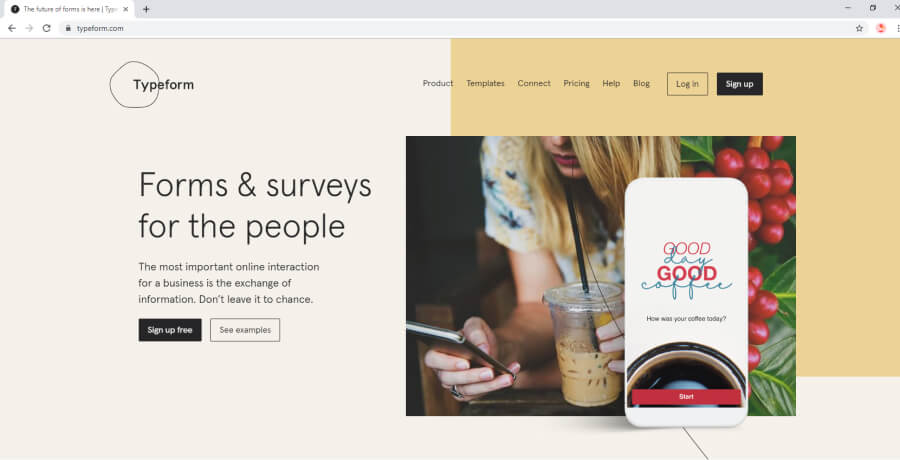
3. Carry Out In-Depth Interviews
Once you have gathered the general view of your target market, it’s high time that you started off seeking out individuals or focus groups who you can contact for more in-depth information.
Your recent clients or customers seem to amongst your most ideal choice when it comes to conducting interviews. Kindly ask them if they’d be available with a 10-minute phone call or a video chat about their current difficulties. Don’t forget to mention that you’ll offer them advice if you can. Usually, most of your customers will be excited about this as they feel like you deliver free consultation for them.
So, as you manage to get on the call, what should you do next? Try your best to find out exactly what their biggest struggles are. It’s alright if you ask them to describe those struggles in the clearest language possible. Also, explore whatever solutions they tried before but weren’t successful with. These pieces of information are invaluable for you to craft heart-touching pages of content for your site.
Create Compelling Content
Once you’ve gained some basic understandings as to your would-be customers, it’s time to direct your efforts to content creation – the most critical step of your inbound marketing strategy. Based on SevenAtoms, content creation via means of blogging is amongst the best ways to strengthen your digital presence, helping potential customers find your brand.
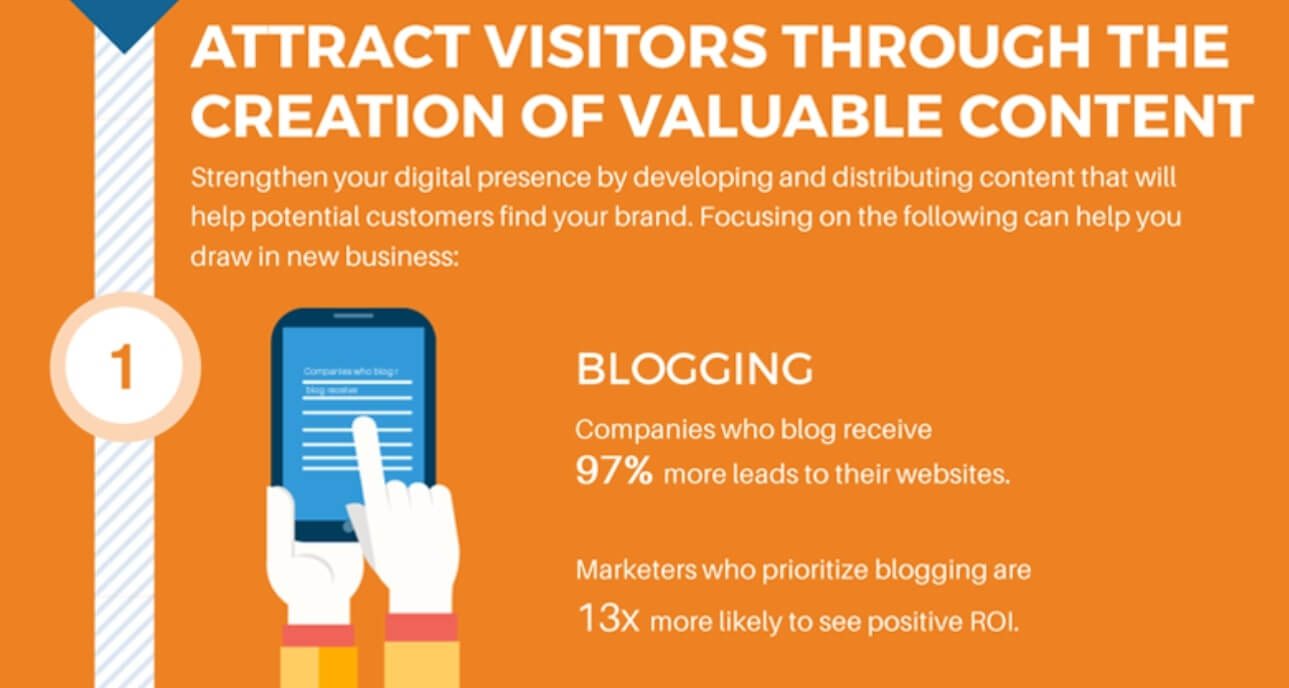
However, in our world of information abundance and attention scarcity, there is an undeniable truth that if you create generic, self-serving articles or videos, you’ll never see success. No matter how hard you promote this content or how attractively you designed it to rank well in search engines, you’re going to struggle to land new clients or customers.
So, how in the world could you adapt your content to keep it stand out from the millions of pieces of content those customers are currently ignoring? Let’s go explore!
4. Craft an Attention-Grabbing Headline
A headline is the very first impression that your content leaves on your site visitors – the decisive factor driving the most clicks and drawing in new traffic.
Understanding such a critical significance of your headlines, you should invest your time into writing ones that appeal to your most targeted customers.
When it comes to headline writing, the language you choose naturally impacts the click-worthiness of your headline. If you use words that are bland, uninspiring, or unknown by most, your potential readers are going to be turned off. Instead, let’s stick with language that is simple yet powerful. For instance, try turning your headline into a call-to-action with words such as “Try” or “Click,” or addressing the reader directly by using the word “You.” Also, it’s a great idea to transform a generic headline with a powerful word like “never.”
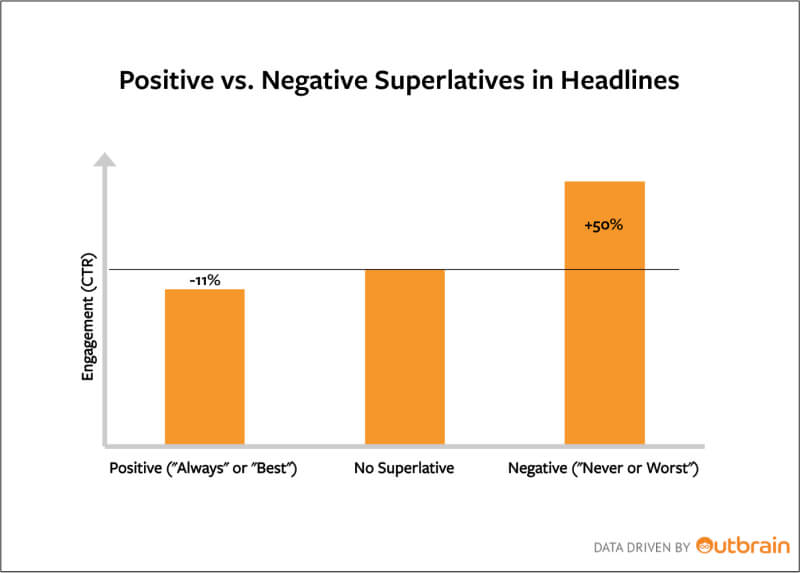
5. Dazzle Your Audiences with Multimedia
In fact, individuals are instinctively drawn to visuals and other types of media. For your content to appeal to your ideal readers, make sure there’s more to it than just dense blocks of text.
Adopting images, charts, and graphs or videos to your content not only makes it visually attractive but also promotes engagement as well as interactions among your audiences.
6. Feature In-Depth and Data-Driven Articles
Instead of writing short blog posts, you’re better off performing extensive research and producing thorough content. No matter which type of content you’re producing – blog posts, reports, e-books, podcasts, or even informative videos – this principle remains true.
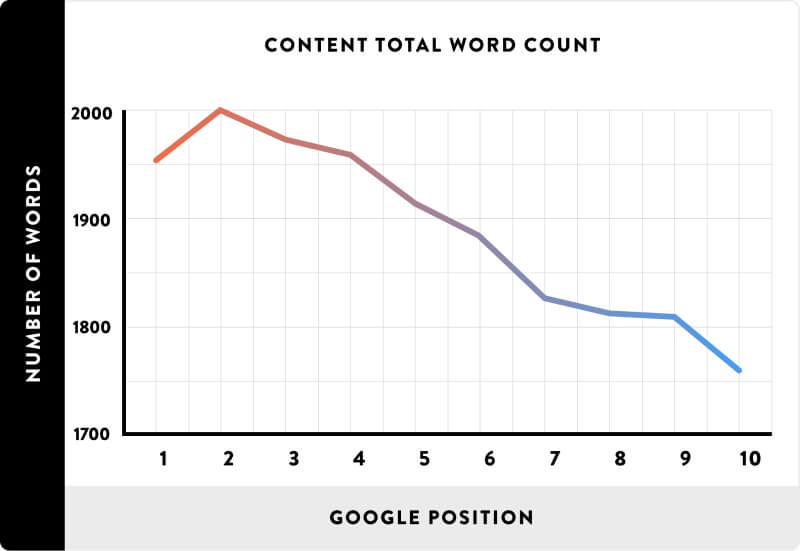
Also, in our data-driven society, every single article you’re writing should be well supported by lots of data and analysis. Not only is this better for your SEO rankings, but it’s also more valuable for your customer, especially when it comes to trust and credibility building.
The better your content, the more likely your audiences are to share it with their friends, recommend your site to others, and actually implement what you say.
7. Include Stories in What You Write
That you base your content around data and analysis doesn’t mean that it needs to be dry and academic. Rather, you should work to produce the opposite type of content – a story-telling and thought-provoking article!
In fact, pieces of content that tell a story and articles with a plot are the best ways for customers to learn about you. B2B PR Sense Blog reveals that staggeringly 80 percent of decision-makers prefer this to advertise.
To make this effective, let’s look for storylines where you can reasonably relate to your product or business. Not only does this draw more people to your sales funnel but also helps grow your small businesses through inbound marketing.
Launch an Influencer Marketing Campaign

Another super-powerful strategy for building up your inbound marketing is to get other influencers to market for you. If you do this the right way, it can be a free method to get people excited about your brand.
Should you be going to adopt an influencer marketing campaign, it’s a “must” that you understand exactly what will make it work best.
8. Target Relevant Authorities
Speaking of the influencer marketing campaign, the very first and most important step you need to take is to keep yourself appealing to the right influencers.
No matter how simple it may seem to be, this is easy to get wrong as the “ideal” individuals on your mind may not be truly persuasive to your target audience.
The earlier research you did on your audience should be a great starting point to understand exactly who they pay attention to – such a person is also the one you should invest your efforts into researching for.
9. Establish Long-Term Relationships with Your Influencers
Once you already determine which particular influencers are best-suited for your brand, it’s time to start off targeting them specifically.
Never should you run into promotion and start spamming your targeted influencers with requests to share the content you created. You will gain nothing but irritate them and ruin the relationship.
Instead, it’s your wisest practice to start slow and gradually build a relationship with the influencers you’d like to have to help you promote your content.
Actually, one of the best ways to reach them is through targeted communication on social media channels. You can let them know when they inspired you to write. Or, you can to help those influencers by providing communication that’s always focused on their needs.
Whereas it may seem a little bit tiresome to always focus on them, you’ll eventually start to cement a lasting relationship that allows you to make a small request.
In fact, if you’ve managed to establish great relationships from the start, they’ll be more than happy to oblige.

Mount a Winning Email Marketing Campaign
If you’re in the online business world for a little white, you must be familiar with the term “email marketing campaign”.
Besides the fact that it requires little financial investment, it delivers wonderful results once implemented properly. In fact, email marketing proves itself to be the king of the marketing kingdom with an insanely 4400% ROI and around $44 for every $1 spent.
However, to make it really work, you have to be extremely strategic with the way you promote your brand through emails. Below are the most crucial tactics for a winning email campaign.
10. Present Valuable Content to Your Subscribers
Before anyone decides to sign up for your site, you need to provide them with a reason to stay on your email list.
If you’re constantly spamming them with worthless or irrelevant content, they’ll unsubscribe and probably never return. Instead, let’s send emails with valuable and original information that they can’t get anywhere else.
11. Stick with Email Marketing for The Long Term
To enjoy the huge power of such a marketing strategy, it’s imperative that you stay in the email game for the long term.
In fact, if you’re not routinely providing great content with your inbound marketing, you’re going to be frustrated. Why?
According to Invesp, the average cost of a lead drops strikingly 80 percent after five months of consistent inbound marketing. If you want to save massive dollars on your marketing strategies, you should do nothing but get ready to work for a while on each prospect. And email marketing is definitely not an exception! Be patient, and you’ll be thankful for the results.
The Bottom Line
Times are changing, and so are consumer preferences. To establish a solid position in such an ever-evolving marketing landscape, you should never ignore the significance of inbound marketing strategy. Let’s adopt these proven inbound marketing practices to be always on the crest of a wave.









